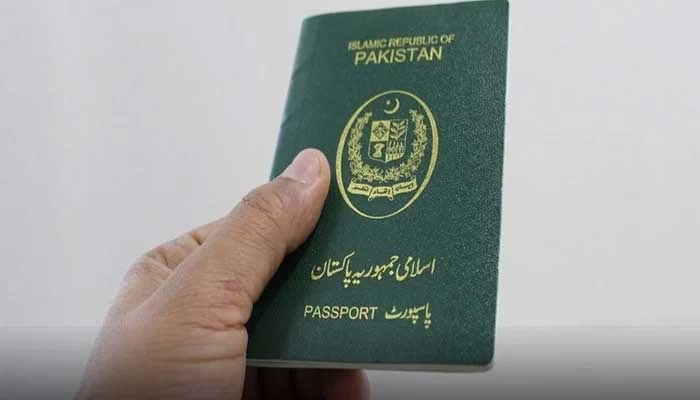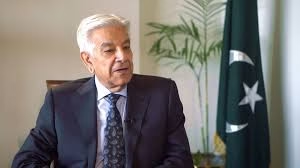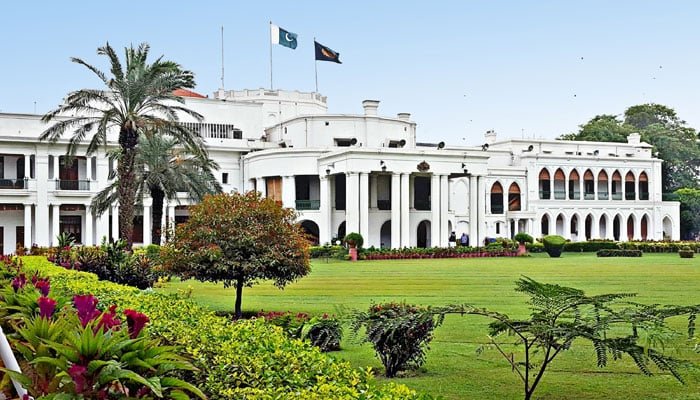The Directorate General of Immigration and Passports has officially announced the launch of the new Pakistani passport features aimed at enhancing security, preventing forgery, and modernizing the country’s travel document. The redesigned passports incorporate several advanced elements, reflecting Pakistan’s commitment to global standards of identification and border protection.
According to the directorate, the new Pakistani passport features include the addition of the mother’s name alongside the father’s name, a move designed to make the document more inclusive and in line with international practices. This step acknowledges the importance of both parents’ identities in official documentation, strengthening personal verification and record accuracy.
Modern Security Enhancements
The most significant change in the new Pakistani passport features is the inclusion of modern security layers that make forgery and misuse far more difficult. These upgrades are part of a broader initiative to bring Pakistan’s passport system up to par with global digital and biometric standards. Officials stated that the new design incorporates machine-readable elements, holographic images, and encrypted data that will help immigration authorities verify authenticity within seconds.
The Directorate General emphasized that these improvements are based on the principles of modernity and harmonisation, ensuring that Pakistan’s passports align with those used by advanced nations. By embedding high-tech features, the government aims to strengthen border security and make Pakistani passports more trusted internationally.
Reflecting Pakistan’s Cultural Heritage
Beyond the technical upgrades, the new Pakistani passport features also showcase a design overhaul that celebrates the nation’s rich history and cultural diversity. The visa pages now feature printed images of iconic historical landmarks from different provinces of Pakistan. These include representations of monuments, architecture, and landscapes that highlight the cultural and geographical beauty of the country.
This creative approach gives each passport a distinctive identity, serving not just as a travel document but also as a reflection of Pakistan’s national pride and heritage. The inclusion of such imagery also aligns with international trends, where many countries use passport pages to represent their history and culture.
Technological Transformation with AI-Powered Printing
The rollout of the new Pakistani passport features is supported by major technological upgrades within the Directorate General of Immigration and Passports. Earlier this year, DG Passports Mustafa Jamal Kazi announced the introduction of AI-powered passport printing machines capable of producing up to 300 passports per hour.
These state-of-the-art machines are designed to eliminate delays and improve service efficiency. Integrated with the National Database and Registration Authority (NADRA) system, the new technology ensures seamless data verification, reducing errors and preventing duplication. The AI integration also enhances quality control, ensuring that each passport meets international standards before issuance.
According to officials, six such advanced machines have already been installed across the country. This move is expected to revolutionize passport processing in Pakistan, helping citizens receive their passports faster and more reliably than before.
Approval and Implementation
The printing of the new passport booklets has begun following approval from the Ministry of Interior. Officials confirmed that the transition will be phased, meaning that existing passports will remain valid until their expiry, while new applicants and renewals will automatically receive the upgraded version.
By modernizing the passport infrastructure, the Ministry aims to eliminate backlog issues that have historically delayed issuance. The adoption of automation, AI, and secure printing technologies represents a key milestone in Pakistan’s ongoing digital transformation efforts.
Significance of the New Design
Experts believe that the new Pakistani passport features will have far-reaching effects beyond improved security. The inclusion of both parents’ names enhances gender equality and aligns with the documentation standards of many developed nations. Additionally, the use of advanced encryption and holographic elements makes identity theft and passport fraud nearly impossible.
For travelers, the updated passport means smoother immigration checks at foreign airports. Machine-readable and AI-verified data will make the document easier to scan and authenticate, improving the international reputation of Pakistani travel documents.
Towards a Modern Passport System
The introduction of the new Pakistani passport features demonstrates Pakistan’s commitment to technological innovation and public service reform. The Directorate General of Immigration and Passports has made it clear that this redesign is part of a long-term strategy to create a more transparent, efficient, and secure identity management system.
In the near future, Pakistan aims to integrate even more digital elements — such as biometric chips and blockchain-based verification — into its passport system. These advancements will not only strengthen border control but also enhance citizens’ confidence in government-issued documents.
The new Pakistani passport features mark a significant step toward modernization and global alignment. By combining advanced security technology, cultural representation, and gender inclusivity, Pakistan has positioned its new passport as one of the most secure and forward-looking identification documents in the region.
This initiative reflects a broader national vision — one that values both technological innovation and cultural identity. As printing continues and citizens begin receiving the upgraded passports, Pakistan moves closer to establishing a truly modernized and efficient passport system ready for the demands of the 21st century.



